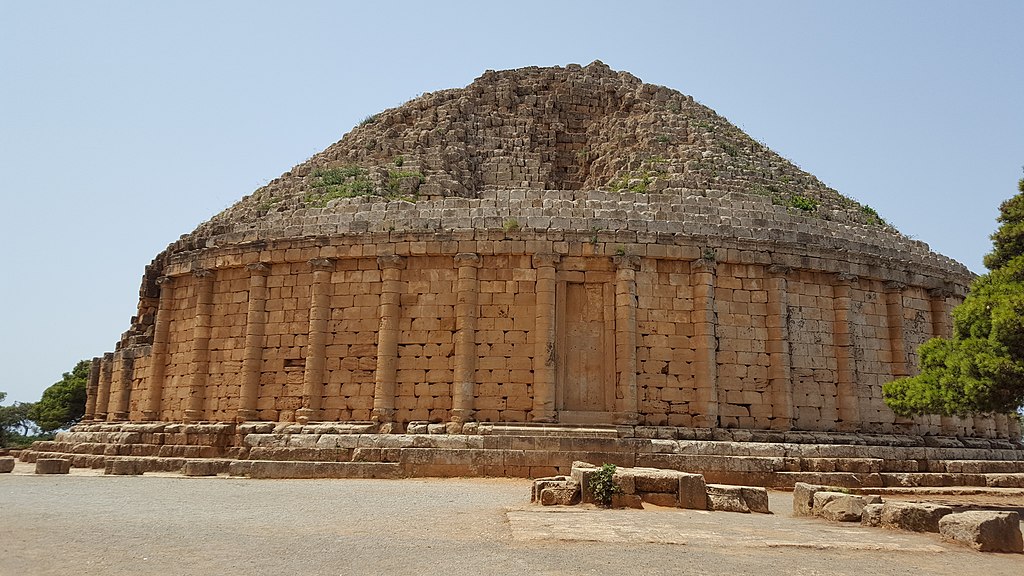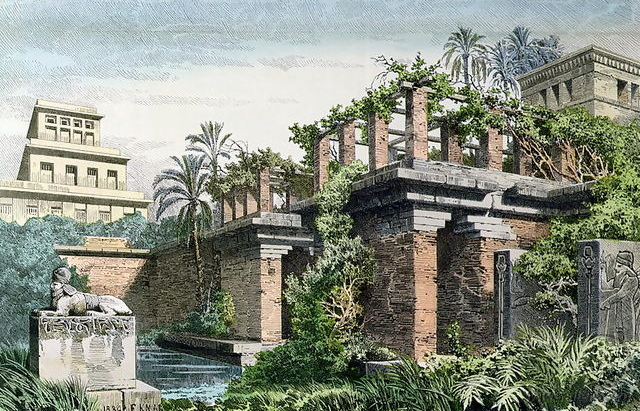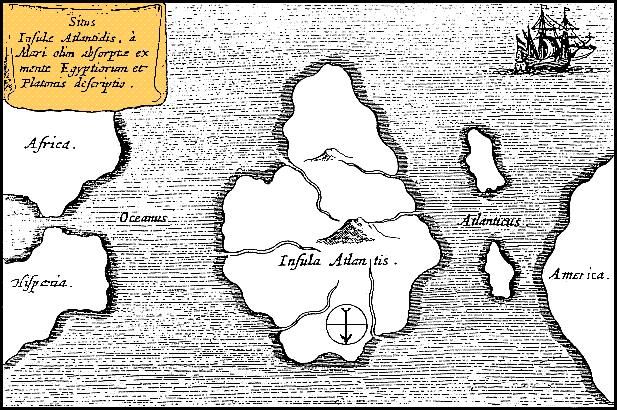There are some historical mysteries that may never be solved. Sometimes, that’s because the relevant excavated material has been lost or an archaeological site has been destroyed. Other times, new evidence is unlikely to be presented or the surviving evidence is too vague to lead scholars to consensus.
Lack of answers only makes these puzzles more intriguing. Here, Crfat Sides looks at 10 of those historical mysteries that may never have definitive explanations.
Most Famous Unsolved Mysteries
6. Jimmy Hoffa

The teamster union leader, known for his involvement in organized crime, went missing in Oakland County, Michigan, on July 30, 1975, and is now presumed dead.
The identity of his killers and the location of his body are ongoing mysteries. Police and forensic anthropologists searched numerous locations in Detroit and Oakland County to no avail.
A popular theory was that Hoffa’s body was buried under the Giants Stadium in New Jersey. However, this theory has been debunked.
The identity of his killer is also unclear. Before his death in 2006, Richard “The Iceman” Kuklinski, a hitman, claimed to have killed Hoffa and dumped his body in a junkyard.
(Source)
5. Cleopatra’s Tomb

Ancient writers claim that Cleopatra VII and her lover, Mark Antony, were buried together in a grave after their death in 30 B.C. The writer Plutarch (45-120 AD) wrote that the tomb was located near a temple of Isis, an Egyptian goddess, and was a “lofty and beautiful” monument, containing treasures of gold, silver, emeralds, pearls, ebony, and ivory.
The location of the grave remains a mystery. In 2010 Zahi Hawass, a former Egyptian minister of antiquities excavated a site near Alexandria, now called Taposiris Magna, which contains several tombs dating back to the time when Cleopatra VII ruled Egypt.
While many interesting archaeological discoveries have been made, Cleopatra VII’s tomb was not among them, Hawass reported in a series of press releases. Archaeologists have noted that even though Cleopatra’s tomb survives today, it can be looted and unidentifiable.
4. Copper Scroll Treasure

Another treasure story that will probably never be resolved is more ancient. In 1952 archaeologists found a copper roll in a cave, along with other Dead Sea rolls, at the Qumran site.
As the name implies, the writing was engraved on copper parchment. The parchment records a large number of hidden treasures of gold and silver, so much so that some scholars believe that it is impossible for it to exist.
The scroll dates back more than 1,900 years when the Roman Empire controlled the Qumran area. There were a series of revolts against the Roman rule at the time the scroll was written, and scientists hypothesized that the treasure was hidden to prevent capture by Roman forces.
If the treasure is real, where exactly it was hidden if it was found, and if it could still exist today, they are all mysteries that will probably never be solved.
3. Hanging Gardens Of Babylon

Ancient writers describe a fantastic series of gardens built in the ancient city of Babylon, in modern Iraq. It is not clear when these gardens were built, but some ancient writers were so impressed with the gardens that they called them “wonder of the world”.
Around 250 B.C., Philo of Byzantium wrote that the Hanging Gardens had “plants cultivated at a height above ground level, and the roots of the trees are embedded in an upper terrace rather than in the ground.”
Until now, archaeologists who excavated Babylon have been unable to find the remains of a garden that meets this description. This left archaeologists with a question: did hanging gardens really exist?
2. The City Of Atlantis

Writing in the 4th century B.C., the Greek philosopher Plato told a story of a land called Atlantist that existed in the Atlantic Ocean and supposedly conquered much of Europe and Africa in prehistoric times. In the story, prehistoric Athenians attack Atlantis in a conflict that ends with the disappearance of Atlantis under the waves.
Although no serious scholar believes this story to be literally true, some have speculated that the legend may have been inspired, in part, by actual events that took place in Greek history.
One possibility is that the Minoan civilization (as it is now called), which flourished on the island of Crete until around 1400 B.C., could have inspired the story of Atlantis.
Although Crete is located in the Mediterranean, not the Atlantic, Minoan settlements suffered considerable damage from the eruption of Thera, a volcano in Greece.
1. What Was Jesus Really Like?
The earliest surviving gospels date back to the 2nd century, almost 100 years after the life of Jesus. The lack of surviving first-century texts about Jesus leaves Bible scholars with a series of questions. When were the Gospels written? How many of the stories actually took place? What was Jesus like in real life?
Archaeological investigations in Nazareth, Jesus’ hometown, reveal more about the environment in which he grew up. More recently, scientists have discovered a first-century house that, centuries after the time of Jesus, was revered as the house that Jesus grew up in, but it is unknown if it really is the house of Jesus.
While new research provides more information, scholars consider it unlikely that they will ever know what Jesus really was like.










Leave a Reply